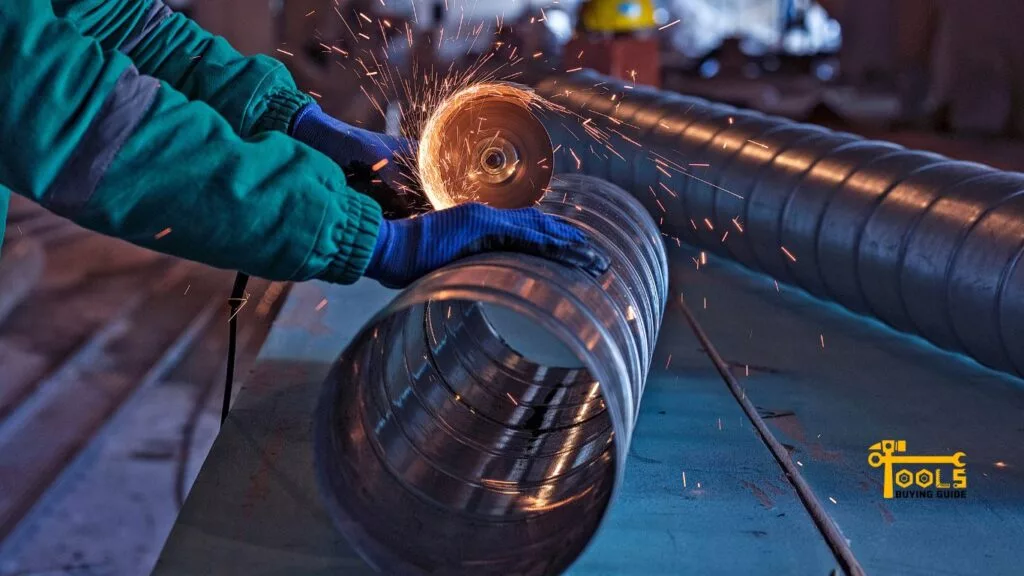
Cast iron pipes are a great way to give your home plumbing system extra protection. But when they start to age, you may find yourself needing to replace the pipes. One way to do so is with an angle grinder. An angle grinder is a powerful tool that can quickly work on even tough cast iron pipes. But how to cut cast iron pipe with an angle grinder?
This blog post will guide you through the process of cutting cast iron pipe with an angle grinder. We’ll also provide some tips and tricks to make it easier and give you alternatives for cutting cast iron pipes. Read on to find out more.
Steps for Cutting Cast Iron Pipe with an Angle Grinder
Cutting cast iron pipe with an angle grinder doesn’t have to be complicated. Follow these simple steps to get the job done.
Step 1: Tools required for cutting cast iron pipe
Before you begin, ensure you have all the tools needed for the job. Here are the tools you’ll need:
- Angle grinder
- Protective gear (goggles, gloves, etc.)
- Metal cutting disc
- Clamps or vice grips
- Measuring tape/ruler
- Marker

With these tools in hand, you’ll be ready to start.
Step 2: Put on protective gear and prepare the pipe for cutting
Safety always comes first, so wear the appropriate protective gear before starting your cutting project. This should include safety goggles, gloves, and any other protective clothing you may need, such as a face mask.
Once you’ve got your safety gear on, it’s time to prepare the pipe for cutting. If there are any joints in the pipe, make sure they are disconnected. Then, take your measuring tape and measure where you want to cut the pipe. Use a marker to mark the spot on both sides.

To mark the area for the cut more accurately, you can use a metal square to draw a guideline. This will make keeping your angle grinder in the right spot when cutting easier.
Step 3: Securely clamp your pipe
The pipe you are cutting needs to be held in place for the cut. Secure it with clamps or vice grips to ensure it won’t move while cutting. Doing this will also help prevent jerky movements that could cause unnecessary damage to the pipe.
You can also use a wood block or other material to hold the pipe in place. Keep it away from the area you are cutting, as sparks could set it on fire if it’s too close.
Step 4: Attach the cutting disc to the grinder
The disk is one of the most important parts for cutting cast iron pipe with an angle grinder. Ensure the disc is rated for metal and has a diameter matching your angle grinder.
You may want to use a disk with more teeth (a higher TPI) to cut cast iron pipes. This will help reduce the time it takes to finish the cut and prevent any damage from over-cutting. You may also want to use a disc with a lower RPM rating, as this will reduce the risk of the pipe overheating.
Before attaching the cutting disk, ensure your angle grinder is switched off and unplugged. Then, attach the cutting disc to the guard of your grinder. Make sure that it is tightly secured before turning on the power.
Step 5: Start grinding and cutting
Now, you’re ready to start grinding and cutting. You’ll want to start at a slow speed and increase the speed gradually as you cut. Keep a consistent angle, and always go in the same direction when grinding.
The speed and angle of the cut will depend on how thick the pipe is. You can use a faster speed, like 3000 rpm, for thin pipes, while thicker pipes require a slower speed. If you’re unsure, it’s best to use the slower option to avoid damage.
Read More About the Angle Grinder for Wood Working
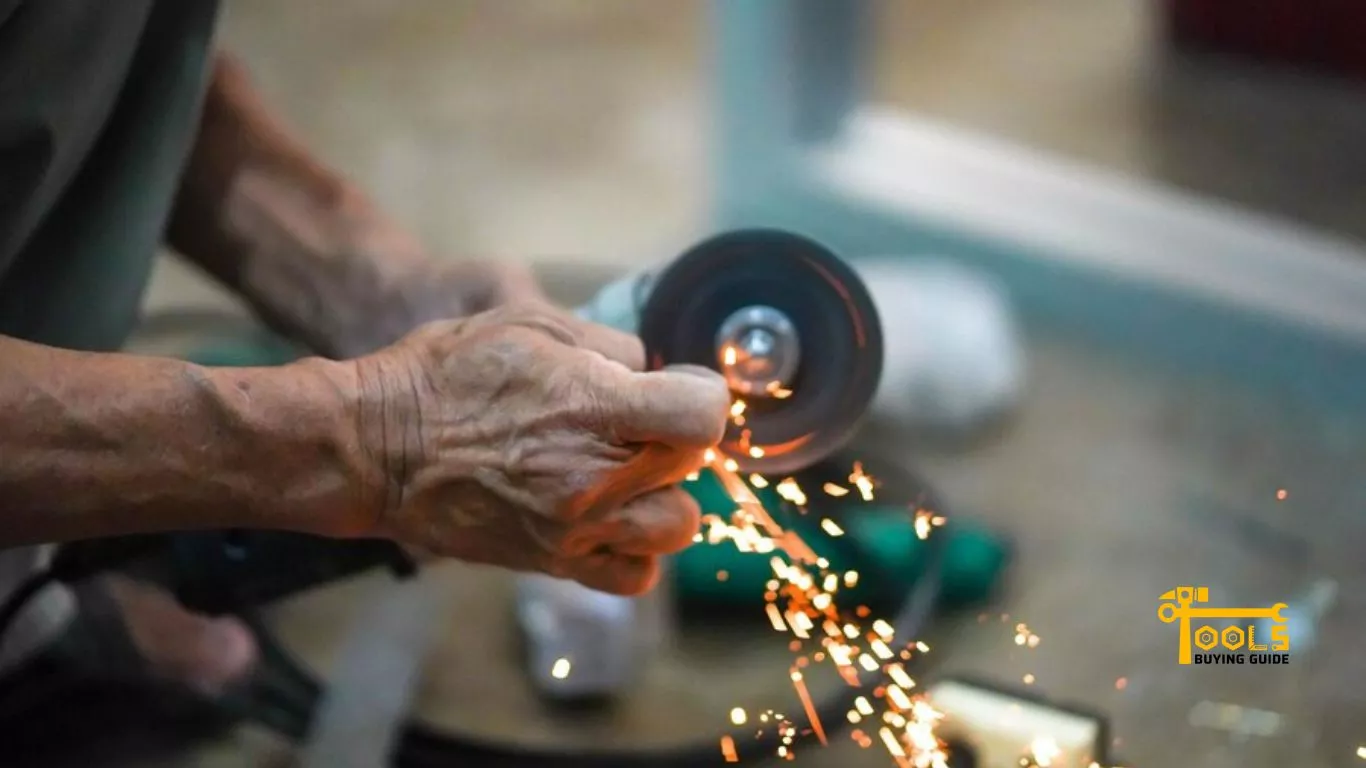
Hold the angle grinder firmly in both hands and place it on the marked area. Then, turn on the power, slowly grind, and cut through the pipe. Make sure to move the grinder at a consistent angle and speed, going as much as possible in one direction.
As you cut, make sure to keep a constant eye on the progress of your cut. If at any point it looks like the disc is getting stuck or not cutting properly, stop immediately and check if the disc needs to be replaced.
Step 6: Check if it is properly cut
When you think you’re done cutting, it’s time to check your work. Shut off the power and disconnect the angle grinder from the mains. Then, use a flathead screwdriver or other tool to check if the cut is even and complete.
If it looks like the disc has made an uneven or incomplete cut, you may need to go over it again. If this is the case, replace your cutting disc before proceeding.
Step 7: Remove slag created from the cutting process
When you’re done cutting the cast iron pipe, slag will likely need to be removed. This metal residue left over from the cutting process can cause an uneven finish if it’s not removed.
You’ll need a wire brush or other suitable tool to remove the slag. Brush any excess material from your cut, then use a damp cloth to clean the area. This will help ensure a nice, even finish on your cut.
Read Also: How to Fix an Underground Leaking Water Pipe
Tips and Tricks To Make Cutting Cast Iron Pipe With an Angle Grinder Easier
Cutting cast iron pipe with an angle grinder can be tricky. Here are some tips and tricks to make it easier:
- Always protect your eyes and face when grinding with an angle grinder, as flying particles can cause serious injury.
- Make sure to measure twice before cutting for accuracy. It’s better to be safe than sorry!
- Clamp the pipe securely so it doesn’t move while cutting it.
- Use a new, sharp metal cutting disc to make the job easier.
- To avoid splattering, grind slowly and gradually increase it as you cut.
- Check that the cut is complete by running your finger along the edge of the cut.
- Use a wire brush to remove any slag created from the cutting process.
These tips and tricks make cutting cast iron pipe with an angle grinder easier and safer.
Alternatives for Cutting Cast Iron Pipe
Other methods can be used to cut cast iron pipe for more complex cutting tasks. Here are some of the alternatives:
Cold-cutting the cast iron pipe
Cold-cutting is a relatively new technique to cut cast iron pipes without heat. This method uses a diamond wheel mounted with carbide teeth. The diamond wheel is mounted onto a power tool and then rotated against the cast iron pipe at high speed. This process cuts through the material with minimal friction and heat and is ideal for cutting thick-walled cast iron pipe.
The advantage of cold-cutting is that it produces clean, straight cuts with no sparks and minimal dust. It also doesn’t require high levels of expertise or expensive tools, so anyone with the right equipment can use it. However, cold-cutting is generally slower than other methods of cutting cast iron pipe.
Oxy-fuel cutting
Oxy-fuel cutting is a process that uses a combination of oxygen and fuel gas to cut through metal. It works by burning the metal at high temperatures with an oxy-fuel torch. This method is ideal for cutting through thick-walled cast iron pipe, but it produces a lot of sparks and smoke.
This process requires special tools and protective gear to ensure safety while operating the oxy-fuel torch. It also requires skill and experience to cut accurately with an oxy-fuel torch. Despite these drawbacks, this method is still widely used as it is one of the fastest ways to cut through cast iron pipe.
Using a saw cutter for cast iron pipe
Saw cutting is another common method for cutting cast iron pipe. This process involves using a circular saw with a diamond blade designed specifically for metal-cutting applications. It’s important to use the correct blade for cutting cast iron pipe so that it doesn’t become damaged.
Saw cutting is a relatively quick and easy process, but it can produce a lot of noise and dust. It also requires the skill to cut accurately with a saw. You should also take safety precautions, such as wearing eye and hearing protection, when using a saw.
Plasma arc to cut cast iron pipe
Plasma arc cutting is another common method for cutting cast iron pipe. This technique uses an electric arc to cut through the metal at high speeds. The process produces a lot of heat, sparks, and light, which can be dangerous if proper safety precautions are not taken.
This method requires special tools, protective gear, and knowledge and experience to cut accurately using a plasma arc cutter. It is one of the fastest ways to cut cast iron pipe, but it can be dangerous if used incorrectly.
Overall, many different methods can be used to cut cast-iron pipes. Depending on the task, one method may be better than another.
Frequently Asked Questions
Cast iron contains a high amount of carbon, which makes it harder to cut than other materials. Also, cast iron is tough and ductile, which means it can bend without breaking. This makes cutting in a straight line difficult, as the blade may slip or wander off course.
A diamond blade optimized for cutting cast iron is best for an angle grinder. These blades are specifically designed to cut through even the toughest materials. You can also use a carbide blade, although it won’t be as effective.
An angle grinder is the fastest way to cut cast iron pipe. A diamond blade should ensure the cut is as precise and clean as possible. However, you can also use a hacksaw and a cutting wheel to cut the pipe, although it will take longer.
Carbide blades can cut through cast iron, but they are less effective than diamond blades. Carbide blades work best on softer metals like aluminum or copper, so a diamond blade is the best option if you’re looking to cut through cast iron.
You can use a standard drill and bit to bore into cast iron. However, it’s important to use a high-speed steel (HSS) drill bit specifically designed for drilling metal. Additionally, use slow speeds and plenty of cutting oil to ensure the bit doesn’t overheat.
Conclusion
The hardest part of cutting cast iron pipes with an angle grinder is the preparation beforehand. Ensure that you measure correctly, mark precisely, and clamp securely. Remember to wear all necessary safety gear, including gloves and eyewear.
With the right approach, you can easily and safely cut cast iron pipes with an angle grinder!
Now that you know how to cut cast iron pipe with an angle grinder, why don’t you try it? All you need is an angle grinder and a bit of elbow grease. You’ll love the feeling of creating something with your own hands.


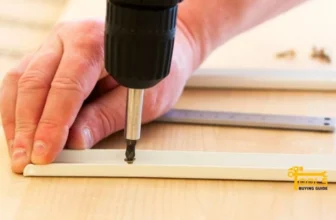
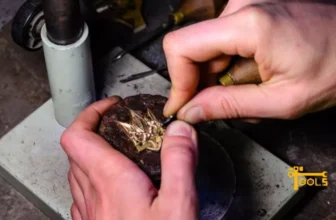
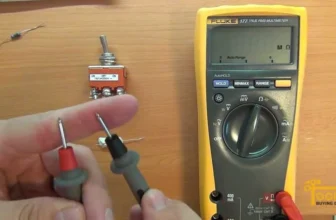
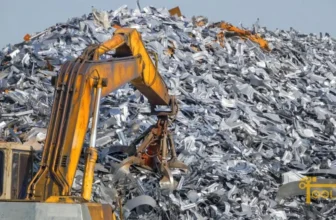
[…] way to estimate the wattage of your grinder is by using the amperage rating. Most grinders will have an amperage rating on the side, and you can use this to calculate the wattage. To do so, […]
[…] continuing, check if the new blade is compatible with your angle grinder. This will reduce the risk of any potential accidents or damages to both you and your power tool. […]
[…] size of the angle grinder you need will depend on the type of concrete cutting project you will be doing. The most common […]